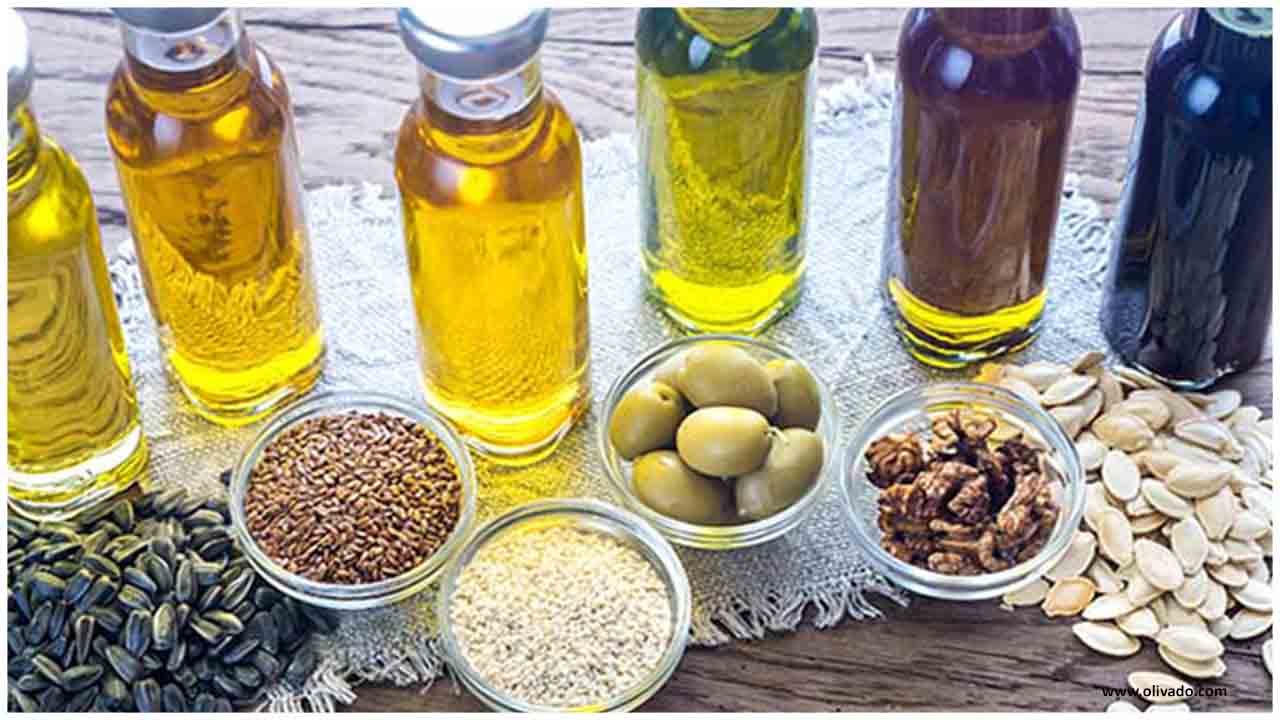
A Guide to Edible Oil Varieties and Their Culinary Roles
Introduction
Edible oils are a staple in every kitchen, playing a vital role in cooking and flavoring our favourite dishes. They are derived from various sources, including plants, seeds, nuts, and even animals. The diverse world of edible oils offers a wide range of flavors, aromas, and cooking properties, making it essential to understand their individual characteristics to elevate your culinary creations. In this comprehensive guide, we will decode the different edible oil varieties and delve into their culinary roles, helping you make informed choices in your kitchen.
The Basics of Edible Oils
Before we dive into the specifics of edible oil varieties, it’s crucial to understand the basics. Edible oils are extracted from various sources through processes like pressing, expelling, or solvent extraction. The resulting oils can vary greatly in terms of flavor, nutritional content, and cooking suitability.
Common Edible Oil Varieties
Let’s start by exploring some of the most common edible oil varieties and their distinct characteristics:
-
Olive Oil: Often considered the gold standard of culinary oils, olive oil comes in several grades, such as extra virgin, virgin, and regular. It’s known for its fruity and earthy flavors, making it ideal for salad dressings, drizzling over vegetables, or using as a dip for bread.
-
Canola Oil: With its mild flavor and high smoke point, canola oil is versatile and suitable for various cooking methods like frying, sautéing, and baking.
-
Sunflower Oil: Sunflower oil is light and neutral in taste, making it a versatile choice for both high-heat cooking and baking.
-
Coconut Oil: Popular in tropical cuisine, coconut oil imparts a rich, coconutty flavor to dishes. It’s commonly used in curries, baked goods, and for pan-frying.
-
Peanut Oil: Known for its high smoke point, peanut oil is a favorite for deep frying and stir-frying. It adds a subtle nutty flavor to dishes.
-
Soybean Oil: Neutral in flavor and versatile in use, soybean oil is often found in processed foods and is suitable for frying and baking.
-
Corn Oil: Corn oil has a mild flavor and a high smoke point, making it a go-to choice for frying and baking.
-
Avocado Oil: With its buttery taste and high smoke point, avocado oil is perfect for grilling, roasting, and drizzling over salads.
Smoke Points and Cooking Temperatures
Understanding the smoke point of different oils is crucial in cooking. The smoke point is the temperature at which an oil begins to break down and produce smoke, altering the flavor of your food. Oils with higher smoke points are better suited for high-heat cooking methods like deep frying, while those with lower smoke points are best for sautéing and low-heat cooking.
For example, olive oil has a lower smoke point, making it better for light sautéing and salad dressings. On the other hand, oils like canola and peanut have higher smoke points, making them ideal for frying and other high-temperature cooking techniques.
Culinary Uses of Edible Oils
Different oils lend themselves to various cooking methods and flavor profiles. Here’s a breakdown of how to use them effectively:
-
Frying: When it comes to deep frying, oils with high smoke points like peanut, canola, and sunflower are your best choices. They ensure that your food gets crispy without absorbing excess oil.
-
Sautéing: For sautéing, where moderate heat is used to cook food quickly, oils like olive, coconut, and avocado add depth and flavor to your dishes.
-
Roasting: When roasting vegetables or meats in the oven, oils with medium to high smoke points such as olive and canola oil provide a beautiful caramelization and flavor.
-
Baking: In baking, you can often substitute oils for butter or other fats. Neutral-flavored oils like canola and vegetable oil work well in most baking recipes.
-
Salad Dressings: Olive oil is a go-to choice for salad dressings, but you can also experiment with other flavorful oils like walnut or sesame for a unique twist.
Health Considerations
Besides their culinary roles, it’s essential to consider the health aspects of edible oils. The type of fat in an oil can impact your overall diet and well-being. Here are some health considerations:
-
Unsaturated vs. Saturated Fats: Oils high in unsaturated fats, like olive oil and avocado oil, are considered heart-healthy and may help lower bad cholesterol levels. In contrast, oils high in saturated fats, like coconut oil, should be consumed in moderation.
-
Omega-3 and Omega-6 Fatty Acids: Some oils, like flaxseed oil, are rich in omega-3 fatty acids, which are beneficial for brain and heart health. Balancing omega-3 and omega-6 intake is essential for a healthy diet.
-
Specialty Oils and Unique Flavors: Beyond the common edible oils, there’s a world of specialty oils that can add unique flavors to your dishes. Sesame oil, for instance, adds an unmistakable nutty aroma to stir-fries and dressings, while truffle oil imparts a luxurious earthy flavor to your culinary creations.
Cooking Tips and Best Practices
To make the most of your edible oils:
-
Proper Storage: Store oils in a cool, dark place away from heat and light to prevent them from becoming rancid.
-
Preventing Rancidity: Keep an eye on the smell and taste of your oils. If they develop a rancid odor or flavor, it’s time to replace them.
-
Recycling and Disposal: Dispose of used cooking oil responsibly. Many areas have recycling programs that can repurpose used oil.
-
Mixing and Blending: Get creative by mixing different oils to create custom flavor profiles. For instance, blend olive oil with a touch of sesame oil for an Asian-inspired salad dressing.
Conclusion
In the world of cooking, understanding the roles of different edible oil varieties is key to creating delicious and healthy dishes. Whether you’re deep frying, sautéing, or preparing a salad, choosing the right oil can make all the difference. So, explore the world of edible oils, experiment with flavors, and let your culinary imagination run wild. By decoding edible oil varieties and their culinary roles, you’ll not only enhance your cooking but also savor the delightful tastes of your creations.
Remember, the quality of your ingredients, including the choice of oils, can significantly impact the outcome of your dishes. So, make informed decisions and enjoy the wonderful journey of culinary exploration.
And speaking of ingredients, it’s worth noting that many edible oil plant manufacturers prioritize quality and sustainability, ensuring you have access to the finest oils for your culinary adventures.



